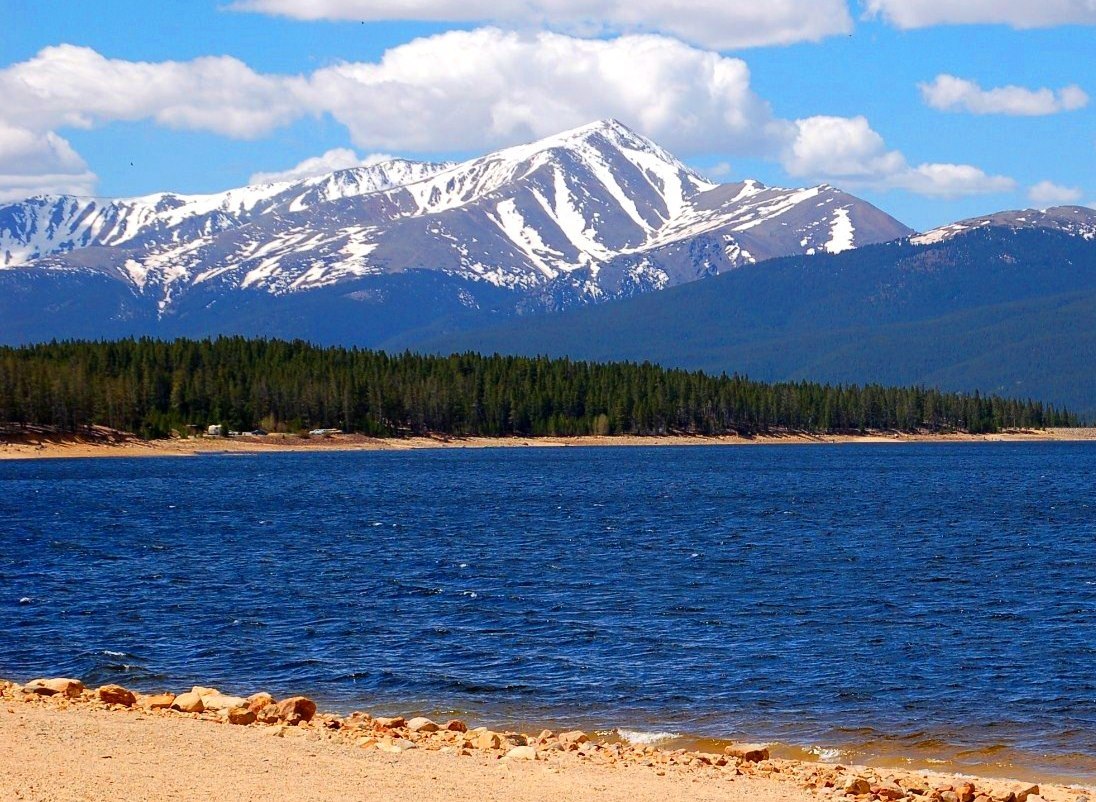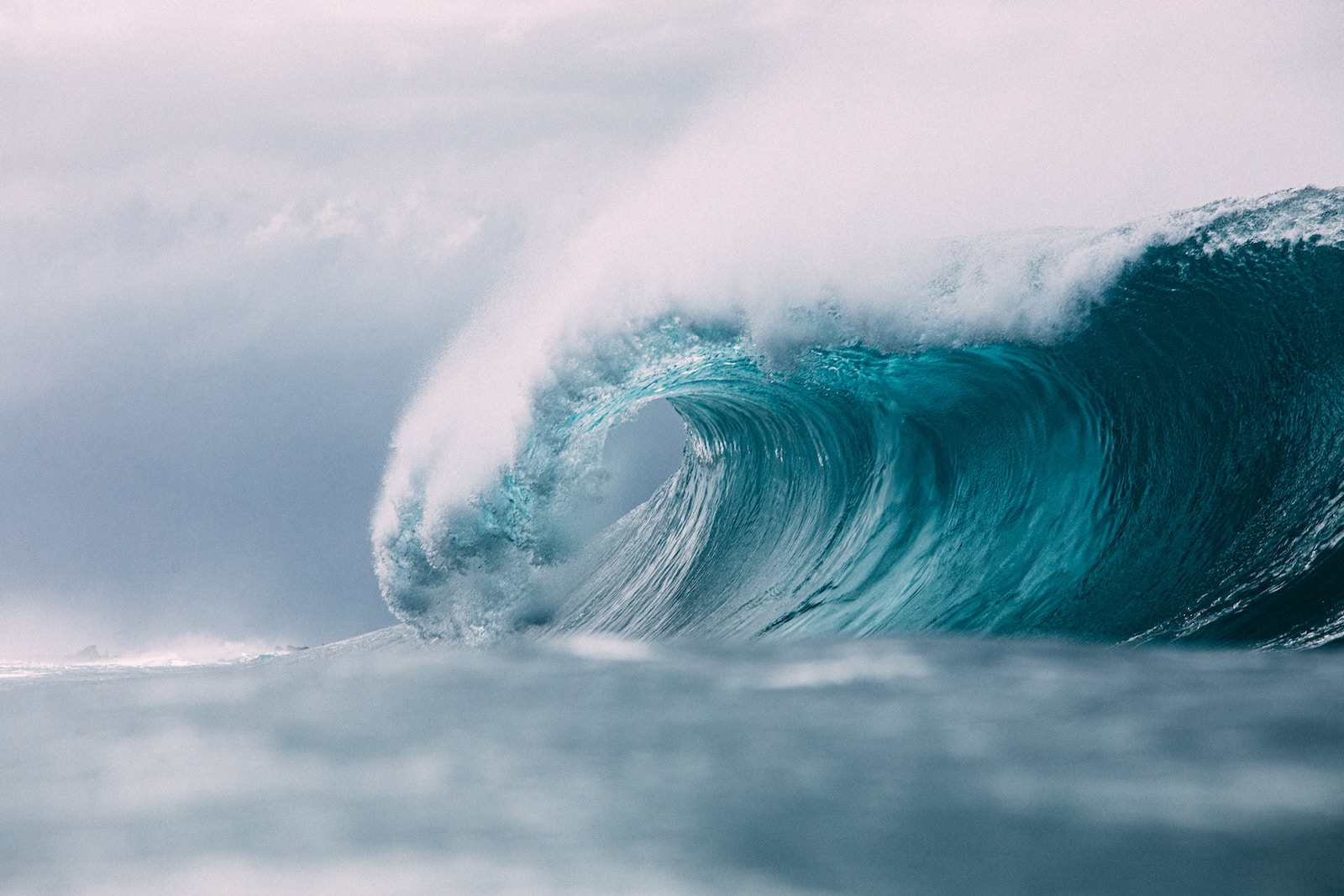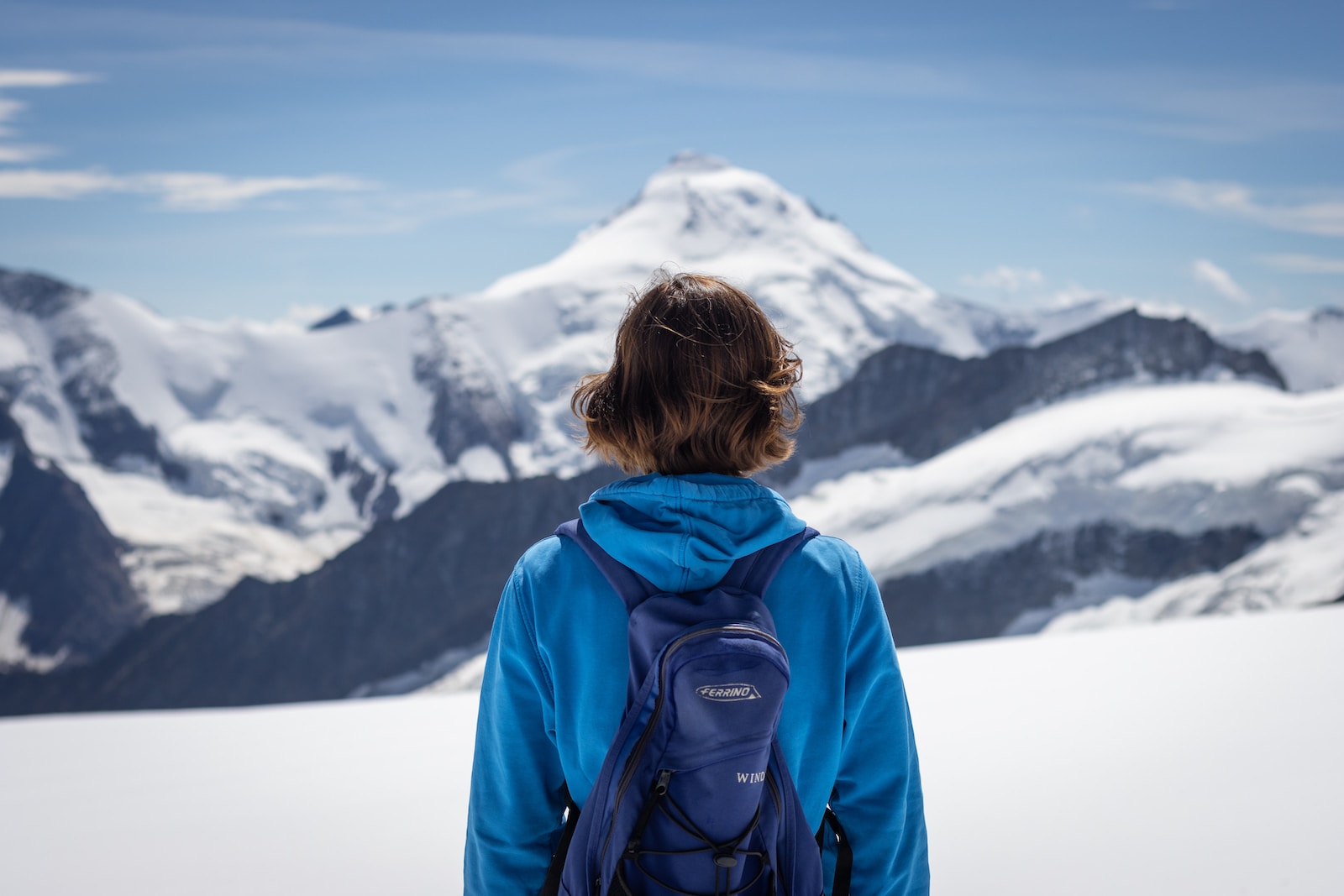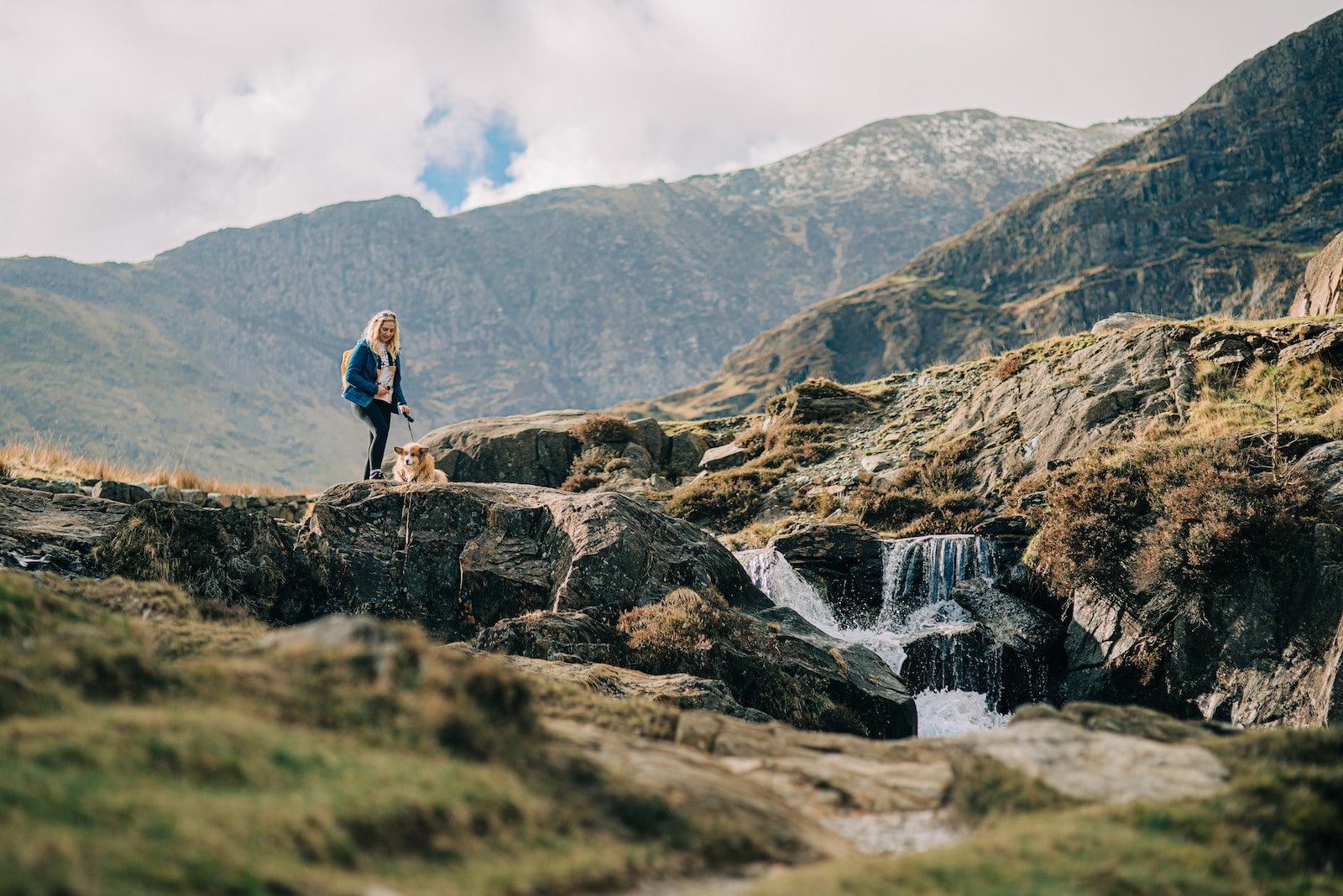Welcome to my blog, where we embark on an adventure to conquer the astonishing giant that is Mount Elbert. Nestled in the heart of the majestic Rocky Mountains, Mount Elbert stands tall as the highest peak in all of the United States. In this article, we will explore the art of landscape photography amidst the breathtaking scenery, uncovering the best trails for capturing awe-inspiring shots. Get ready to witness the wonders that await and discover the essential gear you’ll need for this incredible journey.
Table of Contents
- Exploring the Captivating Elements of Mount Elbert
- Capturing Mount Elbert: Choosing the Right Camera
- Tips for Captivating Landscape Photography
- Frequently Asked Questions
- 1. What is Mount Elbert?
- 2. Why is Mount Elbert popular among landscape photographers?
- 3. What are the best trails for photography on Mount Elbert?
- 4. What gear do I need for photographing Mount Elbert?
- 5. Can I hike Mount Elbert for photography without prior experience?
- 6. When is the best time to photograph Mount Elbert?
- 7. Are there any photography workshops or tours available for Mount Elbert?
- 8. Are there any photography restrictions or permits required for photographing Mount Elbert?
- Wrap Up
Exploring the Captivating Elements of Mount Elbert
Mount Elbert, the highest peak in the Rocky Mountains and the entire state of Colorado, stands as a conquerable giant waiting to be captured through the lens. This majestic mountain offers photography enthusiasts an array of stunning features that are sure to make their images truly remarkable.
Breathtaking Landscape
The landscape surrounding Mount Elbert is a photographer’s paradise, with its vast expanse of untouched wilderness. As you hike along the mountain trails, you’ll be greeted by panoramic views of lush green forest, crystal-clear alpine lakes, and vibrant wildflowers. These elements provide the perfect backdrop for capturing the grandeur of Mount Elbert.
To make your landscape photographs truly mesmerizing, try using the rule of thirds. Position the mountain either on the left or right side of the frame, and allow the surrounding scenery to fill the rest of the space. This composition technique creates a sense of balance and draws the viewer’s eye toward the majestic peak.
Challenging Trails
Mount Elbert offers a variety of trails that cater to photographers of all skill levels. Whether you’re an experienced hiker or a beginner, there’s a trail that will lead you to breathtaking viewpoints. The Black Cloud Trail, for example, provides a unique perspective of the mountain, allowing you to capture its rugged beauty from a different angle.
When photographing while hiking, it’s essential to pack efficiently. Opt for a lightweight camera and a versatile lens that covers a wide focal range. This way, you’ll be able to capture both wide-angle shots of the entire landscape and zoomed-in details of the mountain’s textures. Don’t forget to bring a tripod for stability, especially when shooting in low-light conditions.
The combination of Mount Elbert’s captivating landscape and challenging trails makes it a prime location for landscape photography. With the right techniques and gear, you can unleash your creativity and capture the grandeur of this conquerable giant in all its glory.
Did you know that Mount Elbert, towering at an impressive elevation of 14,440 feet, is not only the highest peak in the Rocky Mountains but also the highest point in all of Colorado?
Capturing Mount Elbert: Choosing the Right Camera
To capture the breathtaking beauty of Mount Elbert, it is essential to have the right photography gear. When it comes to selecting a camera, there are several options available depending on your budget and preferences.
- Option 1: Full-Frame DSLR Camera: A full-frame DSLR camera offers exceptional image quality and low-light performance, allowing you to capture every intricate detail of Mount Elbert’s landscape. Its larger sensor size provides superior dynamic range and depth of field, resulting in stunning landscape photographs.
- Option 2: Mirrorless Camera: Mirrorless cameras are compact and lightweight, making them a great choice for hiking and capturing mountain trails. They offer excellent image quality and advanced features, including in-body image stabilization and fast autofocus. With a mirrorless camera, you can hike comfortably without sacrificing image quality.
When it comes to lenses, consider the following options for photographing Mount Elbert and its surrounding landscape:
- Wide-Angle Lens: A wide-angle lens, such as a 16-35mm or 24-70mm, is ideal for capturing the vastness of Mount Elbert. It allows you to include more of the scene in your frame, emphasizing the grandeur of the mountains and the expansive Rocky Mountain range.
- Telephoto Lens: A telephoto lens, such as a 70-200mm or 100-400mm, is perfect for capturing the details of Mount Elbert from a distance. This lens enables you to zoom in on specific areas, like the rugged peaks or the play of light on the mountain slopes.
Other Essential Photography Equipment
In addition to a camera and lenses, there are a few more essential pieces of equipment that can enhance your photography experience on Mount Elbert:
Tripod: A sturdy tripod is invaluable for capturing sharp and well-composed images, especially during low-light conditions or long exposures. It also allows you to take self-portraits or group shots against the stunning backdrop of Mount Elbert.
Natural Light Filters: Neutral density (ND) filters and circular polarizers are essential accessories for landscape photography. An ND filter helps to control the amount of light entering the camera, allowing you to achieve longer exposures and create dynamic effects, like smooth waterfalls or wispy clouds. A circular polarizer filter helps reduce glare and enhance colors, making your landscape images vibrant and captivating.
Camera Backpack: As you venture along the mountain trails of Mount Elbert, a reliable and comfortable camera backpack is crucial to keep your gear safe and easily accessible. Look for a backpack with padded compartments and adjustable straps that distribute the weight evenly to reduce strain during long hikes.
Remember, the quality of your photography gear is important, but ultimately, it’s the photographer’s vision and creativity that bring Mount Elbert to life through their photographs. Invest in equipment that suits your needs and enables you to capture the beauty of this conquerable giant with precision and artistry.
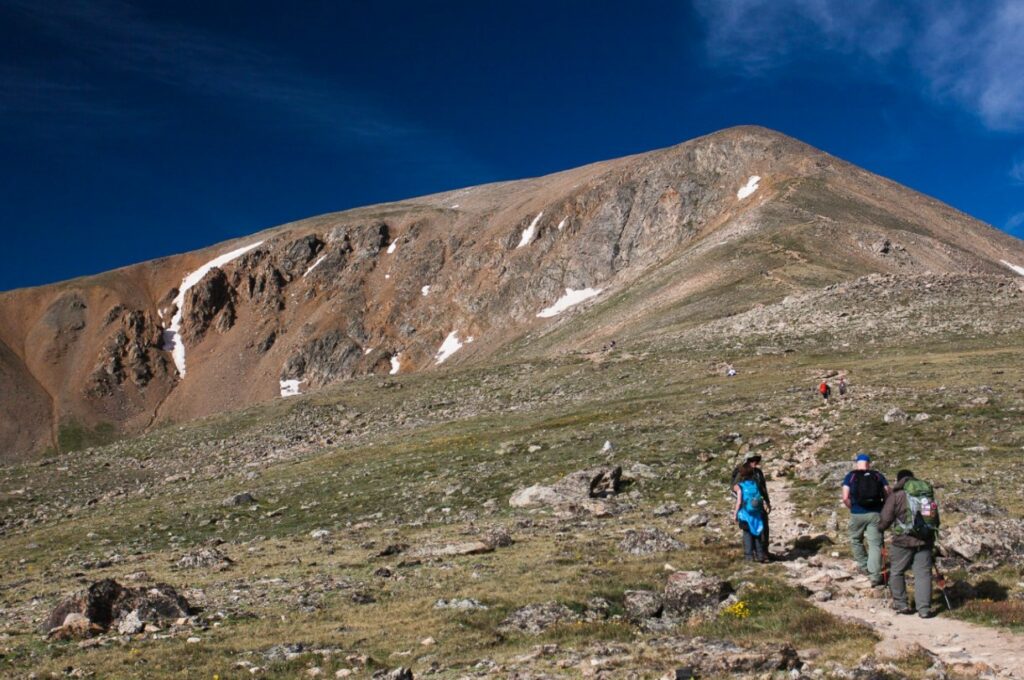
Tips for Captivating Landscape Photography
Mount Elbert, the highest peak in the Rocky Mountains and the second highest in the contiguous United States, offers a captivating landscape that is every photographer’s dream. Located in the beautiful state of Colorado, Mount Elbert stands tall at an elevation of 14,440 feet, providing a breathtaking backdrop for landscape photography. In this blog post, we will delve into the best time of year to capture the mountain’s beauty, as well as the optimal vantage points and positions for photographers to obtain truly remarkable photos.
The Best Time to Photograph Mount Elbert
Each season in the Rocky Mountains offers unique opportunities for photography, but the best time of year to capture Mount Elbert’s beauty depends on your preferences and the type of shot you desire. For those seeking vibrant colors and lush scenery, the months of late spring and early summer (May to June) are ideal, as the mountain landscape comes alive with an array of wildflowers, including columbines and lupines. This time of year also provides favorable weather conditions with mild temperatures, ensuring a pleasant hiking and photography experience.
If you are looking to photograph Mount Elbert covered in snow, the winter months (December to February) are perfect for capturing its majestic icy peaks. The snow creates a serene and pristine atmosphere, transforming the mountain into a winter wonderland. However, it is important to note that winter photography requires additional preparation and equipment, such as warm clothing, sturdy boots, and possibly crampons for safe hiking on the icy terrain.
Optimal Vantage Points and Positions
To truly capture the grandeur of Mount Elbert, it is essential to position yourself at strategic vantage points that offer stunning views of the surrounding landscape. Here are two options for optimal vantage points:
- South Mount Elbert Trail: This popular trail offers photographers a variety of viewpoints to choose from. As you ascend the trail, you will first be greeted with beautiful panoramic shots of the forested slopes and nearby lakes. As you continue further, the scenery opens up to reveal sweeping vistas of the surrounding valleys and distant mountain ranges. This trail provides ample opportunities for capturing layered compositions and incorporating leading lines into your photographs.
- Mount Elbert Summit: Reaching the summit of Mount Elbert itself is an accomplishment, but it also presents photographers with a once-in-a-lifetime opportunity. From the summit, you can capture breathtaking 360-degree views of the Rocky Mountains, including nearby peaks like Mount Massive and Mount Harvard. Here, you can experiment with wide-angle shots or even try your hand at panoramic photography to showcase the vastness of the surrounding landscape.
Whether you choose the South Mount Elbert Trail or aim for the summit, keep in mind the importance of lighting and composition. Arrive early in the morning or late in the afternoon to take advantage of the soft golden light that enhances the mountain’s features. Utilize foreground elements such as rocks or trees to add depth and interest to your shots. Experiment with different angles and perspectives to create a unique and captivating composition.
When venturing out to photograph Mount Elbert, it is crucial to pack appropriate gear such as a DSLR camera, a sturdy tripod, wide-angle and telephoto lenses, a polarizing filter to reduce glare, and extra batteries and memory cards. Additionally, don’t forget to bring essential hiking gear like water, snacks, a map, and appropriate clothing for the weather conditions.
In conclusion, Mount Elbert offers a wealth of photographic opportunities for landscape enthusiasts. By selecting the best time of year to visit, understanding optimal vantage points, and employing proper techniques, you can capture the breathtaking beauty of this conquerable giant, making your photography truly exceptional. So grab your gear, lace up your hiking boots, and embark on an unforgettable journey to immortalize the majesty of Mount Elbert through your lens.
To capture the stunning beauty of Mount Elbert in landscape photography, consider using a polarizing filter. This filter helps eliminate glare from the sunlight and enhances the colors of the sky and foliage, resulting in more vibrant and dramatic images.
Frequently Asked Questions
1. What is Mount Elbert?
Mount Elbert is the highest peak in the Rocky Mountains of North America and the highest point in the entire state of Colorado, USA.
2. Why is Mount Elbert popular among landscape photographers?
Mount Elbert offers breathtaking views and stunning natural beauty, making it a haven for landscape photographers. The vast mountain ranges and picturesque landscapes provide endless opportunities for capturing breathtaking shots.
3. What are the best trails for photography on Mount Elbert?
Some of the best trails for photography on Mount Elbert include the Northeast Ridge Trail, Black Cloud Trail, and South Mount Elbert Trail. These trails offer magnificent views of the surrounding landscapes and are known for their photogenic spots.
4. What gear do I need for photographing Mount Elbert?
For photographing Mount Elbert, it is essential to have a good quality DSLR or mirrorless camera along with a wide-angle lens to capture the expansive landscapes. Additionally, a sturdy tripod, filters for enhancing the sky and scenery, and extra batteries and memory cards are recommended.
5. Can I hike Mount Elbert for photography without prior experience?
While hiking Mount Elbert for photography can be a rewarding experience, it is important to note that the summit hike can be strenuous and challenging. It is recommended to have prior hiking experience and be prepared with proper gear, fitness level, and knowledge of the trail before attempting to hike Mount Elbert.
6. When is the best time to photograph Mount Elbert?
The best time to photograph Mount Elbert is typically during the summer months, from June to September. During this time, the weather is generally more stable, and the mountain is adorned with lush greenery and colorful wildflowers, providing a picturesque backdrop for photography.
7. Are there any photography workshops or tours available for Mount Elbert?
Yes, there are photography workshops and tours available specifically for Mount Elbert and the surrounding Rocky Mountains. These workshops provide guidance from professional photographers, valuable tips and techniques, and the opportunity to explore the best photography spots with like-minded individuals.
8. Are there any photography restrictions or permits required for photographing Mount Elbert?
Currently, there are no specific photography restrictions or permits required for photographing Mount Elbert. However, it is important to check for any updates or regulations imposed by the local authorities before your visit to ensure you are following the guidelines.
Wrap Up
Mount Elbert, the conquerable giant of the Rocky Mountains, offers a breathtaking experience for landscape photography enthusiasts. From its scenic trails to panoramic vistas, this majestic peak is a paradise for adventure seekers and photographers alike.
To capture the beauty of Mount Elbert, make sure to pack your essential photography gear, including a sturdy tripod and wide-angle lens. Explore the various trails, such as Black Cloud Trail or North Mount Elbert Trail, to find the perfect vantage points and compositions.
We hope this guide has helped you uncover the secrets of photographing Mount Elbert. Now it’s your turn to conquer this giant and create stunning images. Don’t forget to share your experiences in the comments below and let us know if you have any questions. Happy shooting!
